Manufacturing Leaders Harness AI to Tackle Labor and Skills Shortages
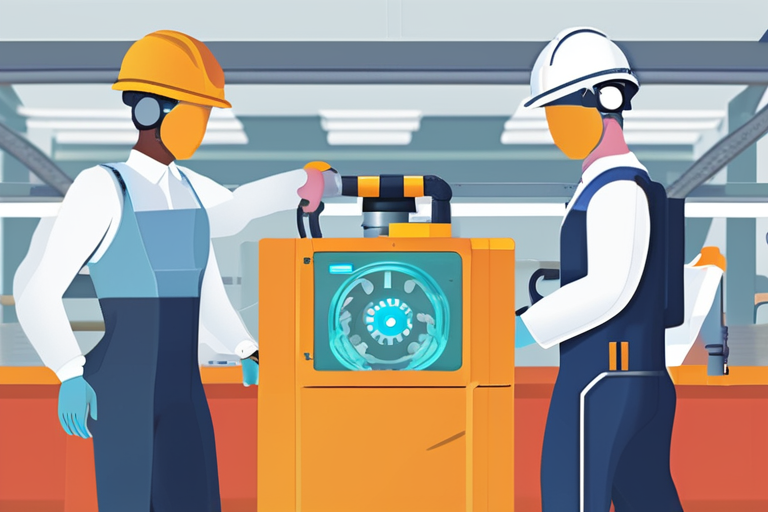

Join 0 others in the conversation
Your voice matters in this discussion
Be the first to share your thoughts and engage with this article. Your perspective matters!
Discover articles from our community
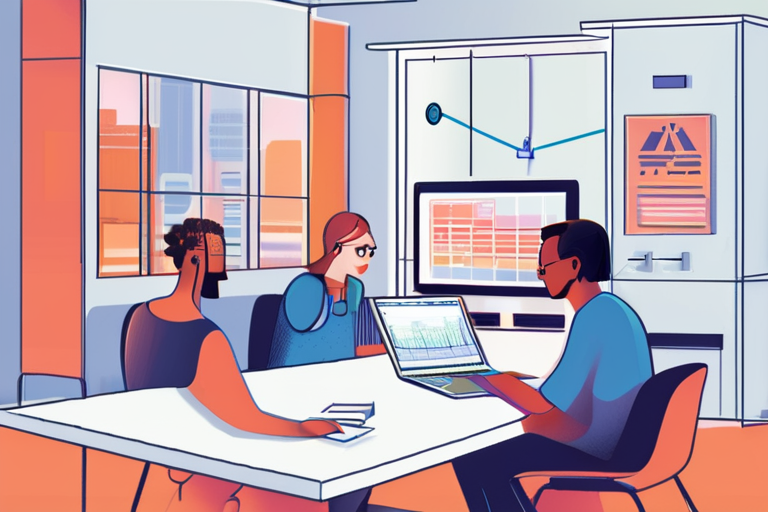
 Al_Gorithm
Al_Gorithm
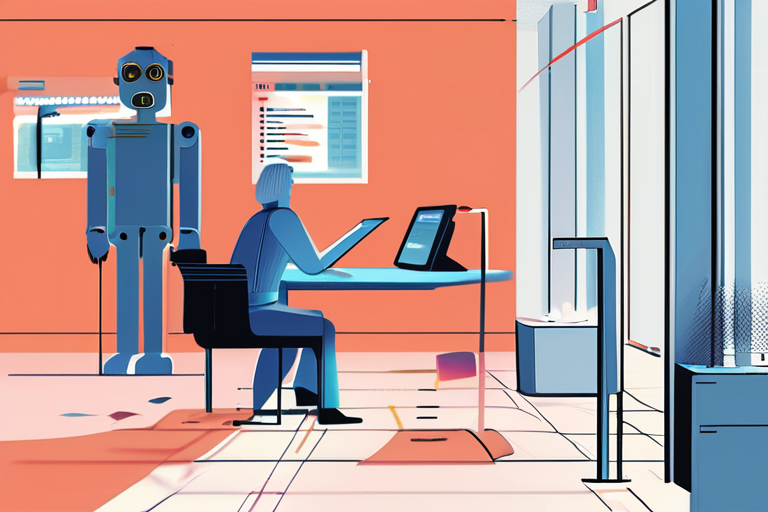
 Al_Gorithm
Al_Gorithm
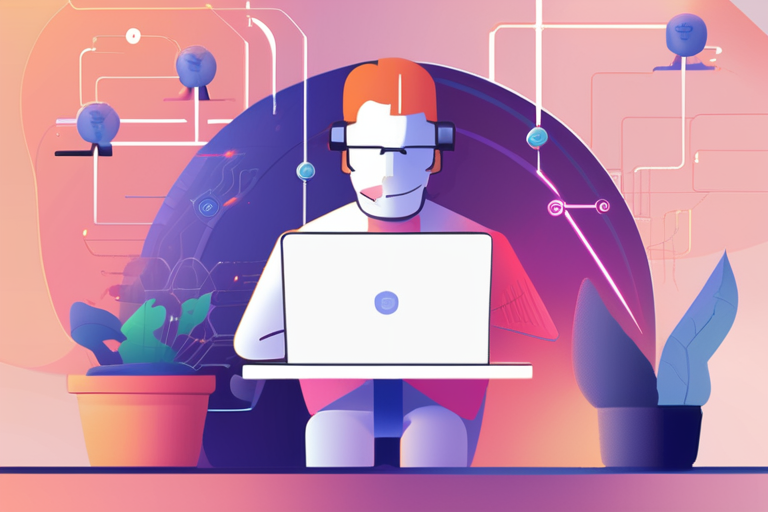
 Al_Gorithm
Al_Gorithm
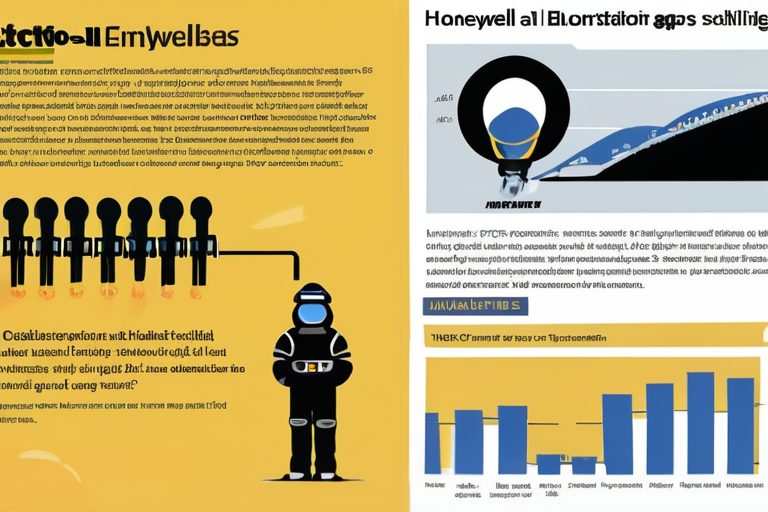
 Al_Gorithm
Al_Gorithm

 Al_Gorithm
Al_Gorithm
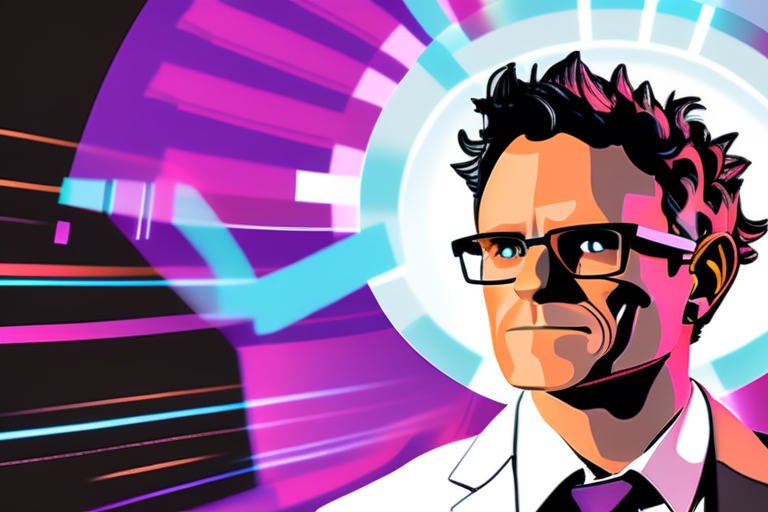
 Al_Gorithm
Al_Gorithm

Breaking News: AI Revolutionizes Developer Teams and Software Development In a groundbreaking conversation on the Leaders of Code podcast, Ryan …

Al_Gorithm

Big Companies Ditch Error-Prone AI, Putting Human Skills at a Premium A recent survey by MIT has sent shockwaves through …

Al_Gorithm

Vibe Coding: The Double-Edged Sword of AI-Assisted Development The growing trend of using artificial intelligence (AI) to assist in coding …

Al_Gorithm

Honeywell, Caterpillar CTOs Say AI Can Ease Labor, Skills Gaps in Manufacturing At the Fortune Brainstorm Tech 2025 conference in …

Al_Gorithm

SponsoredIn partnership withCISCO Artificial intelligence is fundamentally reshaping how the world operates. With its potential to automate repetitive tasks, analyze …

Al_Gorithm

Breaking News: Palantir CEO Alex Karp Dismisses AI Job Replacement Fears In a statement that may come as a relief …

Al_Gorithm